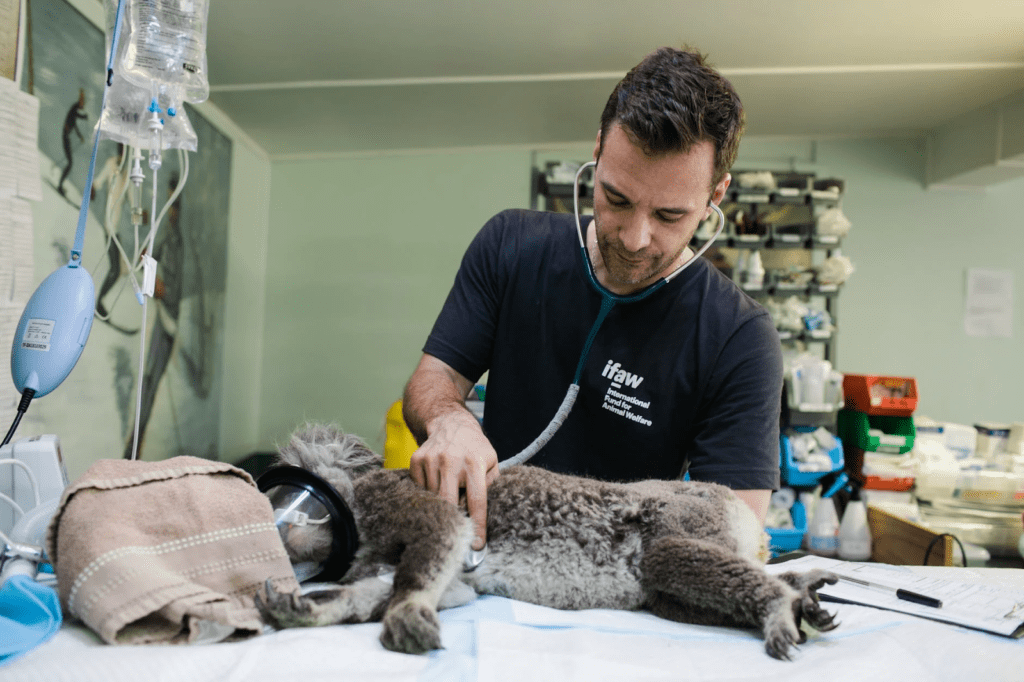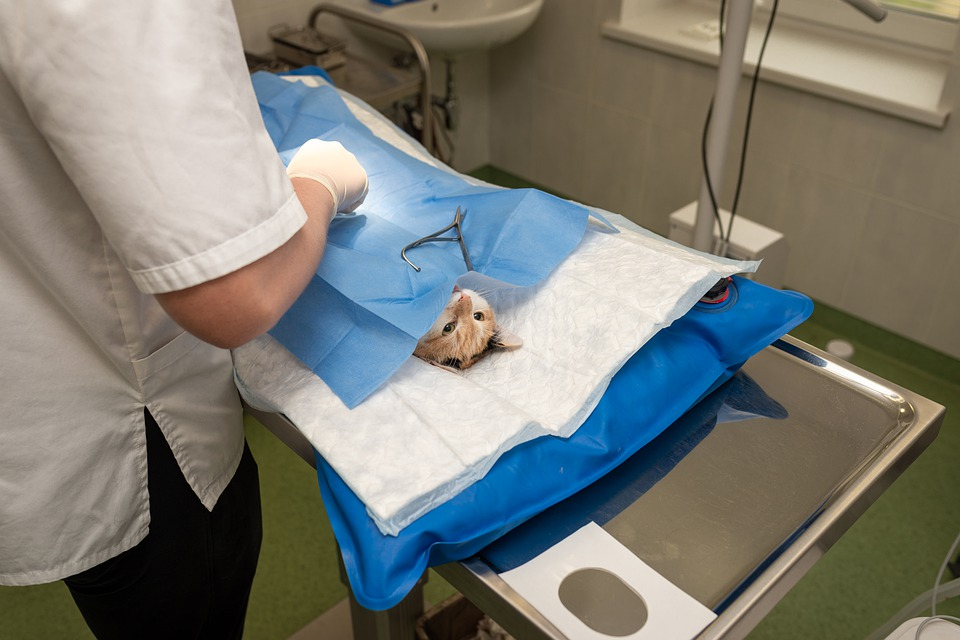The veterinary industry is one of the fastest-growing industries in history. With over $60 billion in revenue, it’s no wonder that many people are considering opening up their clinic! When you’re ready to make the jump, it can be difficult to know how much your practice will be worth. This article will walk you through some techniques and calculations that can help you evaluate your investment in a veterinary practice.
Why Do You Need a Practice Valuation?
There are many reasons why you might want to evaluate how much your veterinary clinic is worth. One of these reasons could be that you are considering selling or buying a practice, and it would make sense for both parties involved to know the value before agreeing to any deal. Another reason someone may need to do this evaluation is if they have lost some assets due to unfortunate circumstances, including theft, fire, vandalism – all events which can render an individual’s veterinarian office valueless in a matter of moments.
Another situation where accurate knowledge about the value of one’s veterinary hospital comes into play is when considering retirement – especially since many people will not have any other source of income besides their savings account from working at a vet clinic throughout their careers as veterinarians.
For this reason, it will help if you had the practice regularly evaluated to know its current value and then adjust your retirement plan accordingly. If the evaluation process feels complicated, you can consider getting someone with the know-how to do the job. Getting this veterinary practice service from an expert is a good idea to ensure that the evaluation is done right. So, whether you need to evaluate your practice for yourself or someone else, hiring a professional will get the job done well.
So, how do you go about doing this kind of valuation? There are plenty of ways to start your practice valuation. They include;
-
Income Method
This is the most widely used method for valuing a veterinary clinic. It involves calculating the net income and then multiplying it by a multiple dependent on the industry average.
The first step in this process is to calculate your practice’s annual net profit or loss before taxes. This figure can be found in your business tax return form, which you’ll file with the IRS each year (or if you’re an independent contractor, it will be included in your tax return).
The next step is to find out your industry’s average multiples for selling a similar business that has been valued according to this method. You can get this information from trade publications or from other veterinary professionals in your area who may have done a practice valuation recently themselves and are willing to share their figures with you.
The final step is multiplying your net income by the multiple figures you have found above. This will give a ballpark estimate of how much your clinic might be worth. Though it should not be used as definitive because each veterinarian-specific business has its unique circumstances that need to be taken into account before making any decisions.
-
Using the Market Approach
This approach looks at the value of other veterinary clinics that have been sold or are currently listed and can be used to compare your clinic’s worth.
The market approach is a good way to evaluate how much your practice might sell for if you decide to put it on the market. It won’t give an exact dollar amount, but it will help you see what price range would make sense based on similar sales elsewhere in the country.
-
Asset Approach
The asset approach is a method of valuing a business based on the estimated value of its tangible and intangible assets. This approach will typically be used when businesses are sold to other companies or go public through an initial public offering (IPO).
The asset-based valuation is equal to the total market values for all physical, financial, human, and intellectual property items found within that company at a given point in time. A key component of this type of analysis is determining what each item’s fair market value might present itself as being worth under different scenarios such as liquidation versus continuation operations.
-
Cost Method
The cost method is a way to estimate the costs incurred up until now and any anticipated future investments necessary for maintaining or upgrading operations (e.g., new equipment). This would provide a more accurate picture of what it would take to replace the assets if they were lost or damaged beyond repair – although this figure doesn’t account for sunk equity investment into your business by yourself and previous owners. Your final number is likely to be much higher after adding these figures.
As you’ve seen, the value of any veterinary practice is determined by several factors, and each factor has its level or weight when it comes to determining your practice’s worth. A practice’s location, size, and age all have a big impact on its value.



